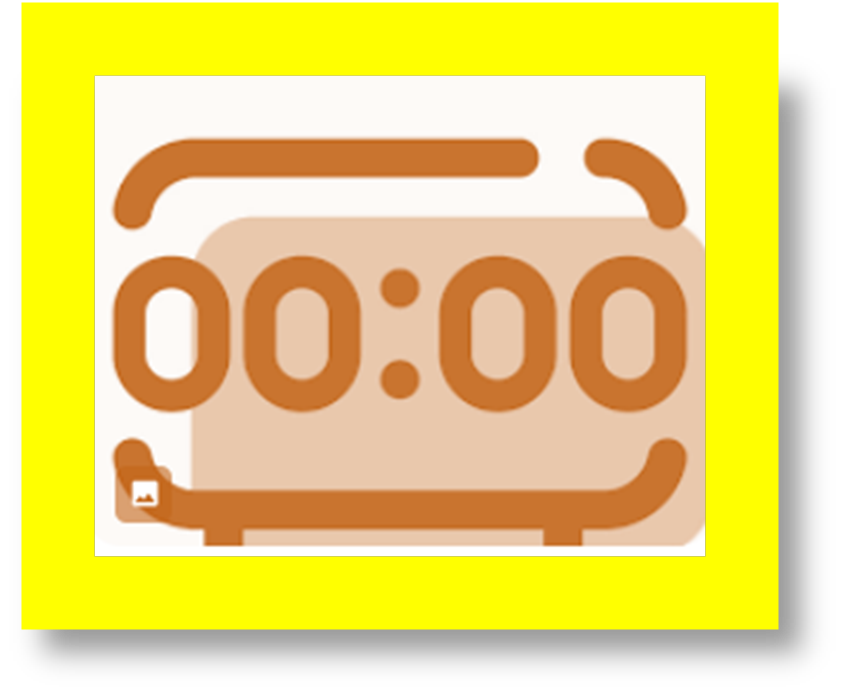Children with mild dysgraphia require both education therapy and alternative methods to learn
- Lalit Kishore
- Mar 11, 2022
- 1 min read
Updated: Mar 14, 2022

Accommodations of children with special needs at school through education therapy, attentiveness training, micro-movement therapy, and at-home reinforcement exercises can make a big difference when treating mild dysgraphia (a learning disability that affects handwriting and fine motor skills) and their mainstreaming
Since, there is no cure for dysgraphia, sixty-hour intervention with the designed activities had led to mainstreaming of a child with mild dysgraphia who had bad slow hand-writing. The execution of the intervention was equally-split between schoolwork and homework.
Intervention as school work had the following activities.
Attentiveness training and slow finger movement on writing strokes: 5 hours
Fine motor training of the three writing fingers and tripod grasp training: 5 hours
Assisted writing strokes drawing for deep learning: 5 hours
Assisted writing of alphabet: 5 hours
Individual practice and correction writing of alphabet: 10 hours
Even after acquiring legible writing, allowing alternatives like typing, reading and speaking
since the speed of writing will be be at most half of the normal child even after the intervention since dyspraphia is a neurological problem.
Therefore, the long answer type of questions are needed to be answered through typing or orally for such children while for written part of the tests consisting of objective type answers twice the time needs to be given with twice the time as compared to the normal child



Comments